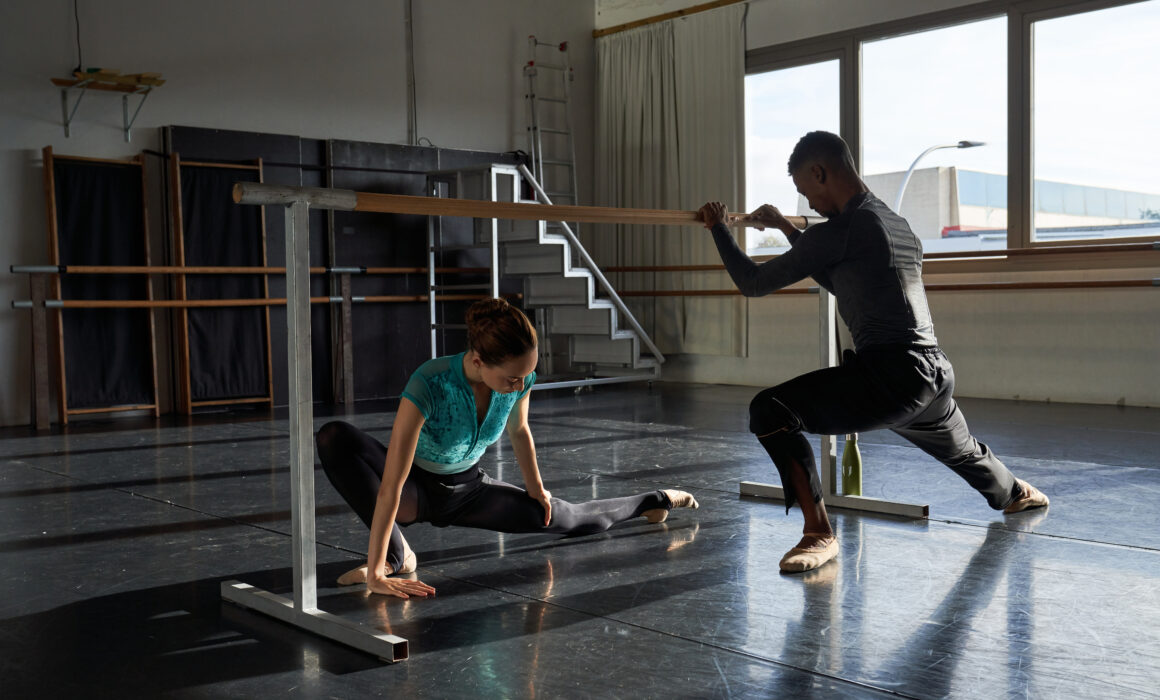5 Common Barre Mistakes and How to Fix Them for Better Results
Barre is an incredibly effective workout that targets strength, flexibility, and posture—all while helping you develop lean, toned muscles. But like any workout, it’s easy to make mistakes, especially if you’re new to the class or haven’t yet mastered the technique. Luckily, correcting these mistakes can help you see even better results and avoid injury.
At New York Personal Training, we want to ensure you get the most out of every Barre class. Here are five common mistakes Barre practitioners make—and simple tips on how to fix them for improved performance and results.
1. Not Engaging Your Core
The Mistake:
One of the biggest mistakes Barre practitioners make is neglecting to engage their core throughout the class. Barre moves often target the lower body, but the core is what stabilizes your movements and protects your spine. Forgetting to activate your abs and lower back can result in poor posture and unnecessary strain on your body.
The Fix:
Before each movement, take a moment to brace your core. Imagine you’re pulling your belly button towards your spine and slightly tilting your pelvis forward to activate the muscles around your torso. This engagement should feel like a firming up of your midsection, and you should maintain this throughout each exercise to ensure your body stays aligned and strong.
2. Incorrect Alignment in Plank and Push-Up Positions
The Mistake:
When doing planks or push-ups in Barre, it’s easy to let your hips sag or pike up, which compromises your form and reduces the effectiveness of the exercise. This can also lead to unnecessary stress on your shoulders and lower back.
The Fix:
To maintain proper alignment, think of creating a straight line from your head to your heels. Engage your core and squeeze your glutes to keep your hips level. If you find yourself dropping or lifting your hips too much, drop to your knees for a modified version while focusing on form. This adjustment will ensure you’re getting the most out of every push-up or plank, especially in strengthening your core and arms.
3. Overextending or Underextending in Leg Work
The Mistake:
During Barre leg work, such as pliés, lunges, or leg lifts, many people either overextend or underextend their range of motion. Overextending can put excessive strain on your joints, while underextending reduces the intensity of the exercise, making it less effective.
The Fix:
Aim for a controlled range of motion that challenges you without overstretching your body. For example, in leg lifts, focus on lifting your leg to a height that allows you to feel the burn in your glutes and thighs without compromising your balance or alignment. If you feel any discomfort in your joints, lower your range of motion slightly until you’re in a position that feels strong yet safe.
4. Holding Tension in Your Shoulders
The Mistake:
It’s common to hold tension in your shoulders during Barre, especially when you’re focusing on your legs or arms. This can lead to unnecessary strain in the neck and shoulders, which can cause discomfort or pain over time.
The Fix:
Check in with your upper body throughout your class. Before each movement, consciously relax your shoulders away from your ears. Imagine creating space between your shoulders and your neck. This not only reduces tension but also helps improve the overall effectiveness of the exercises, allowing you to focus on the muscles you’re supposed to be working.
5. Not Using the Proper Tempo or Breath
The Mistake:
Another mistake is rushing through the exercises or not synchronizing your movements with your breath. Barre requires controlled, precise movements, and improper tempo or breath can reduce the exercise’s effectiveness and make it harder to feel the burn.
The Fix:
Focus on slow, controlled movements that engage the muscles in each exercise. For example, during leg lifts or plié pulses, take your time to go deeper into the movement, then pulse or lift in small, controlled motions. Use your breath to guide you through each exercise—inhale as you prepare, exhale as you execute the movement. This rhythmic breathing helps you stay engaged and allows you to push through challenging sections of the workout.
Bonus Tip: Listen to Your Body and Adjust
While correcting common mistakes is essential for getting the most out of your Barre practice, it’s also important to listen to your body. If you’re feeling discomfort (beyond the usual burn), it might be a sign that you need to adjust your form, modify an exercise, or take a break. Remember that form is always more important than speed or intensity—and a small adjustment can make a huge difference in both your results and your safety.
Ready to Take Your Barre Practice to the Next Level?
At New York Personal Training, we’re committed to helping you achieve your fitness goals with personalized instruction and a supportive, motivating environment. If you’re ready to refine your technique and experience the true benefits of Barre, join us for a class today!

